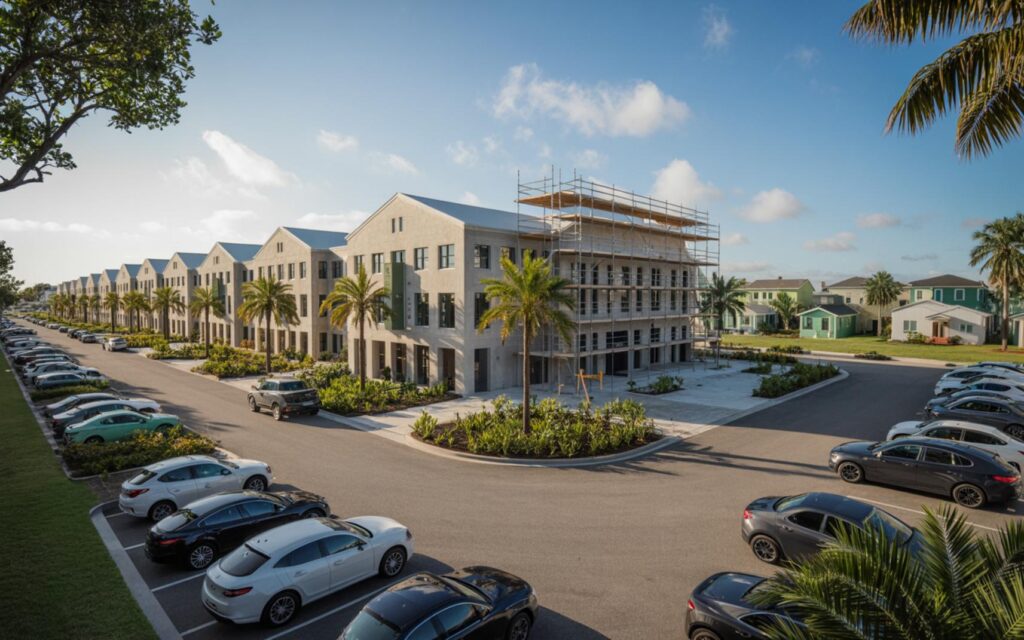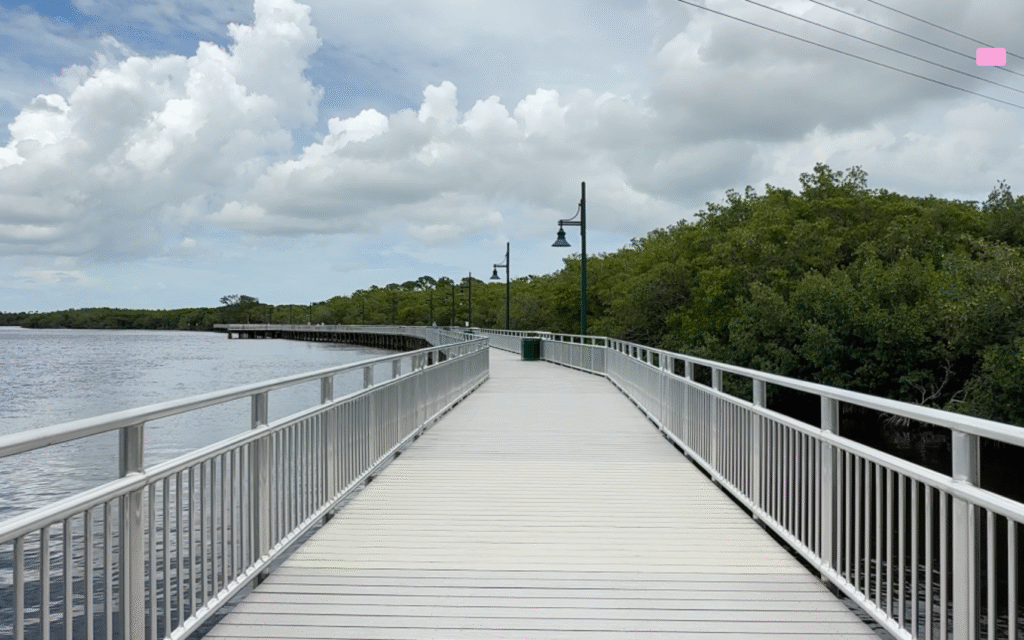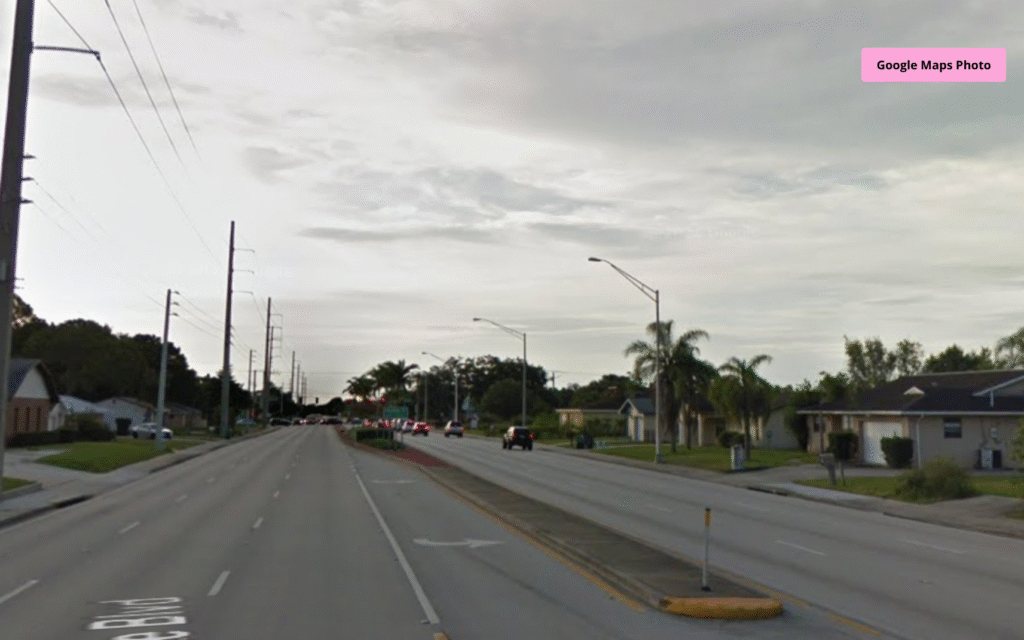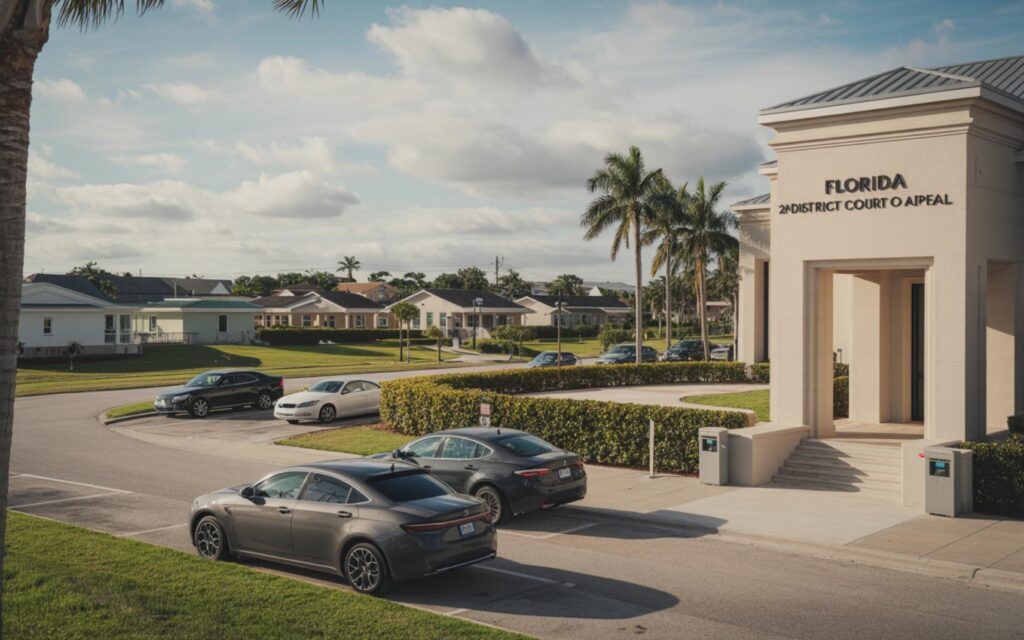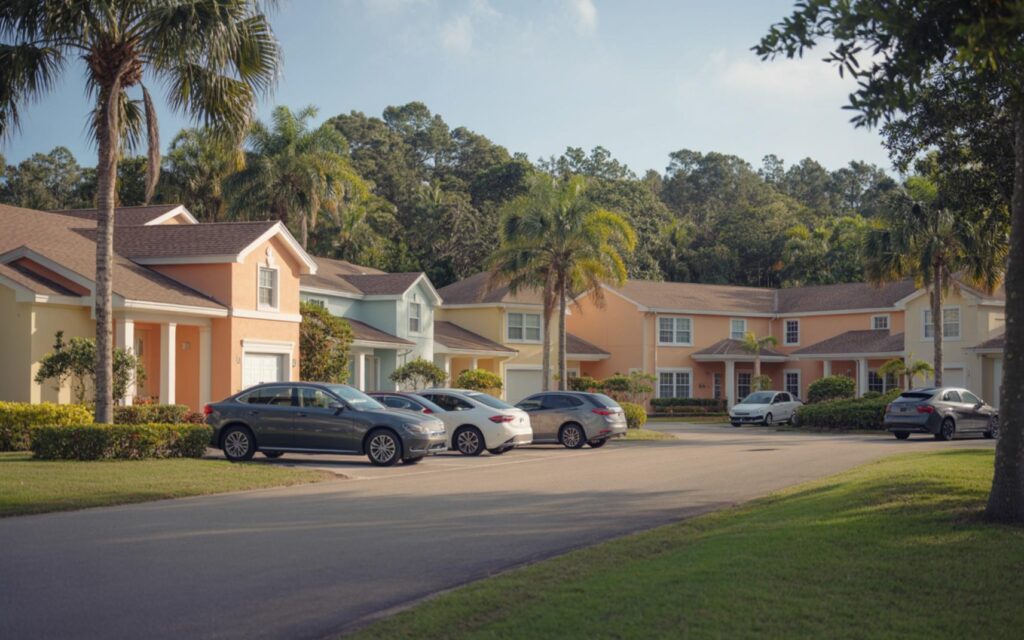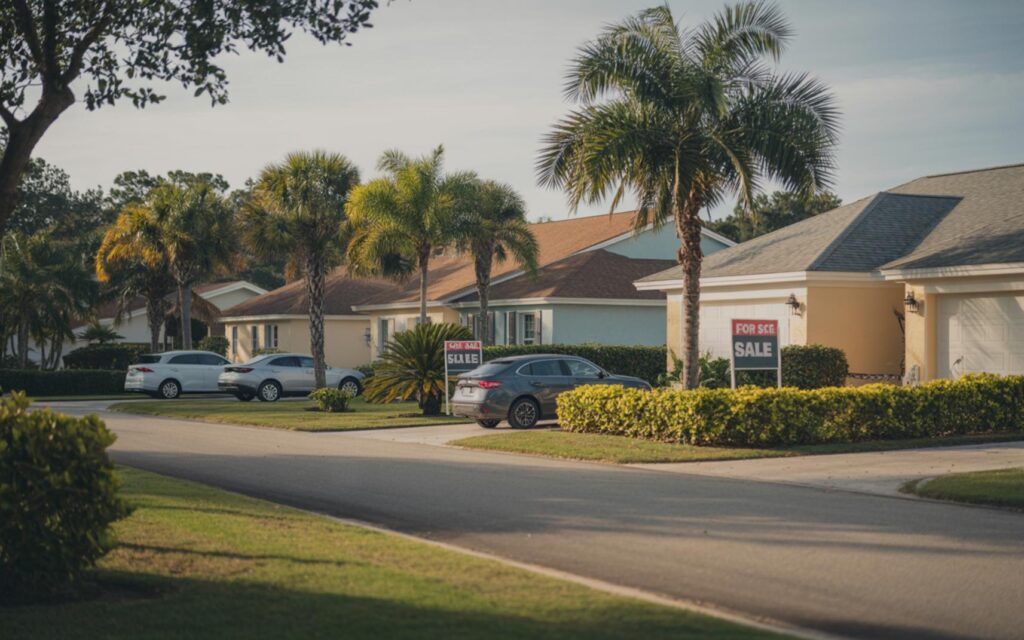The National Flood Insurance Program lapse is affecting Florida real estate transactions and homeowners, as the federally backed program expired on September 30, 2025. The expiration of the NFIP has immediate consequences for nearly 5 million properties nationwide, with Florida among the most affected states due to its high flood risk and reliance on federal flood coverage.
National Flood Insurance Program Lapse: Immediate Effects in Florida
The National Flood Insurance Program (NFIP) provides essential coverage for properties in high-risk flood zones, especially in states like Florida. According to the Federal Emergency Management Agency (FEMA), the NFIP expired after Congress did not reauthorize the program by the September 30, 2025, deadline. This lapse means no new or renewal NFIP policies can be issued during the gap.
Existing NFIP policies remain valid until their expiration date, including a standard 30-day grace period. FEMA reports that claims on active policies will continue to be paid as long as funds remain available. However, the inability to issue new or renewed policies has created uncertainty for both homeowners and buyers in flood-prone areas.
How the NFIP Lapse Affects Florida Homeowners and Buyers
Florida has one of the highest concentrations of NFIP policies in the country. Many homeowners in designated flood zones depend on this federal program, as private flood insurance options are often more expensive or unavailable in the highest-risk locations. The lapse in the NFIP has left thousands of Floridians facing new risks and challenges.
According to FEMA, during the lapse, private flood insurance remains available, but it does not replace the affordability or accessibility of the NFIP for many residents. Homeowners with active policies are protected until their coverage expires, but those seeking new coverage or renewals must wait for Congressional action or seek private alternatives.
Impact on Florida Real Estate Transactions
The NFIP lapse has a significant impact on real estate transactions in Florida. Lenders typically require flood insurance to close on federally backed mortgages for properties in designated flood zones. Without the ability to obtain new or renewed NFIP policies, homebuyers may face delays or cancellations of property sales.
Industry groups report that approximately 1,300 property sales per day and 40,000 closings per month are affected nationwide. Florida is among the hardest-hit states due to its high flood risk and the large number of homes relying on NFIP coverage. The lapse coincides with peak hurricane and flood season, increasing the urgency for a resolution.
Mortgage and Lending Requirements During the Lapse
Lenders may temporarily suspend the requirement for flood insurance during the NFIP lapse, but this decision is at their discretion. The suspension does not eliminate the underlying flood risk for buyers and homeowners. According to FEMA, the lack of available NFIP policies may cause some real estate transactions to stall or fall through entirely.
Private Flood Insurance in Florida
Private flood insurance is not affected by the NFIP lapse. However, private options are often more costly or unavailable in the highest-risk areas of Florida. Many private insurers have reduced their presence in the state, making the NFIP the primary or sole option for residents in certain coastal and flood-prone regions.
According to industry data, the NFIP supports about half a million home sales annually, underscoring its importance to the housing market in Florida and other vulnerable states. The current lapse highlights the limited alternatives for many property owners.
Legislative Efforts and Ongoing Uncertainty
Congress is considering short-term extensions to restore the NFIP, but there is no guarantee of immediate reauthorization. Industry groups and advocacy organizations are urging lawmakers to pursue long-term solutions, including updated flood maps, improved mitigation efforts, and fairer policy pricing.
Experts indicate that repeated lapses in the NFIP undermine market stability and increase uncertainty for homeowners, buyers, and lenders. The current lapse marks more than 30 interruptions since 2017, but its timing during hurricane season raises additional concerns for Florida communities.
Potential Reforms and Future Outlook
Industry advocates are calling for comprehensive reform of the NFIP to ensure long-term stability and better protection for high-risk areas like Florida. Proposals include modernizing flood risk assessments, investing in mitigation infrastructure, and creating more equitable pricing structures for policyholders.
The situation remains fluid, with ongoing legislative discussions and advocacy efforts focused on securing both immediate and lasting solutions for the NFIP. Details may be updated as the investigation and negotiations continue, according to official sources.
Frequently Asked Questions About National Flood Insurance Program Lapse
What is the National Flood Insurance Program lapse?
The National Flood Insurance Program lapse occurs when Congress does not reauthorize the program by its expiration date. During a lapse, no new or renewal NFIP policies can be issued, although existing policies remain valid until they expire.
How much does the NFIP lapse affect Florida homeowners?
The NFIP lapse affects thousands of Florida homeowners, especially those in high-risk flood zones. Many rely on the NFIP for affordable flood insurance, and the lapse can delay real estate transactions and leave properties exposed to financial risk.
Are there private flood insurance options in Florida during the NFIP lapse?
Private flood insurance remains available during the NFIP lapse, but it is often more expensive or unavailable in the highest-risk areas. Many Florida residents depend on the NFIP as their primary or only option for flood coverage.
Can you renew your NFIP policy during the lapse?
No new or renewal NFIP policies can be issued during the lapse. However, existing policies remain active until their expiration date, including a 30-day grace period for renewals that were already in process before the lapse.
Where are real estate transactions most affected by the NFIP lapse?
Real estate transactions in Florida, Texas, and Louisiana are most affected by the NFIP lapse. These states have high concentrations of properties in flood zones and rely heavily on the NFIP for insurance coverage.


